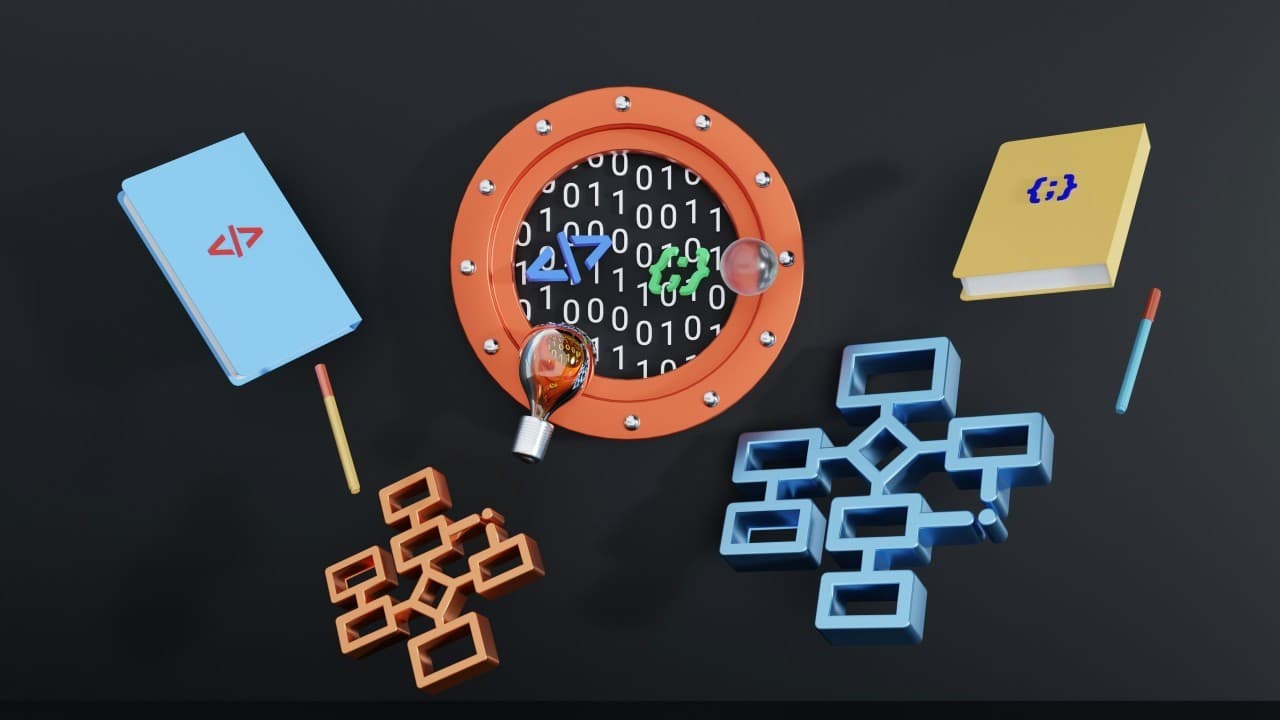From Recovery to Prevention: A Trust-First Blueprint for Payment Integrity

- A surgical claim paid separately for anesthesia and post-op care that should have been bundled into a single global payment.”
- “Multiple lab tests billed individually when a panel rate should have applied.”
- “A hospital stay is reimbursed under the wrong DRG because secondary diagnoses weren’t captured correctly.
Every payer has stories like these—claims that slip through cracks and create payment leakage. A missed policy update was applied after adjudication. A contract carve-out colliding with a coverage rule. Multiply that by thousands of claims each day, and leakage becomes something bigger: mistrust.
Providers appeal because denials feel opaque. Members don’t understand why coverage changed. And payers spend millions recovering dollars that could have been prevented.
The industry has made progress with pre-payment edits and authorization systems, yet post-payment solutions remain the backbone of payment integrity programs. They recover billions in overpayments that slip through even the most sophisticated front-end controls.
The stakes, however, are too high to treat payment integrity as a back-office recovery function. In FY2024, CMS estimated improper payments of $19.07B in Medicare Advantage (5.61%) and $3.58B in Part D (3.70%), just two programs. Even with methodology refinements, the signal is clear: error-prone processes don’t scale.
On the commercial side, private health insurance spending reached $1.465T in 2023 (≈30% of NHE). Studies show low-value services affect nearly one-fifth of people with employer coverage, accounting for <3% of total spending. Combined with system-wide waste estimates of $760–$935B annually, the commercial sector’s share implies leakage well above $100B each year.
What the market gets right, and what’s missing
Payment-integrity programs have matured. Most now promise whole-lifecycle integrity across pre- and post-pay with shared data backbones (eligibility, fee schedules, contracts) and growing emphasis on transparency and provider experience.
Good progress, but two structural gaps persist:
- Policy-to-operations lag: NCD/LCDs, state Medicaid bulletins, and plan guidelines are written for regulators, not machines. Converting them into executable, versioned rules is still slow and brittle, especially with weekly changes.
- Policy–contract drift: Coverage rules and provider contracts evolve on different cadences with different owners. When they fall out of sync, denials look arbitrary, appeals succeed for the wrong reasons, and trust erodes. [My Previous Article]
To bend the leakage curve, we should treat policy intelligence and contract alignment as infrastructure, not bolt-ons.
A trust-first blueprint
Make policies machine-readable.
Turn policies into structured, versioned objects (effective dates, criteria, codes/modifiers, frequency, POS, documentation). Maintain continuous ingestion and diff with the knowledge graph, enabling policies to be tested like code.
Harmonize policy and contracts up front.
Reconcile coverage logic with rates, escalators, carve-outs, and exceptions before production. Route conflicts to owners and track resolutions. Outcome: fewer—and defensible—denials with exact citations.
Shift left with shadow mode.
Run new rules against historical claims to estimate impact and surface edge cases; promote only when precision and fairness thresholds are met. Post-pay should train pre-pay, not carry the program.
Close the loop with transparent explanations.
Give every decision a plain-language rationale, citations, and counterfactuals (“what would make this payable?”) to reduce abrasion and teach the system.
Govern like engineering.
Version everything—policies, rules, tests, prompts, data. Keep lineage and reproducible runs so an appeal is a replay, not a fire drill.
How Nedl Labs operationalizes this
At Nedl Labs, we built Nēdl Pulse to make this blueprint real: modular capabilities that share a common data and knowledge base provenance layer.
Policy Intelligence as data, not documents.
We convert payer policies and CMS NCD/LCDs into executable logic with versioned lineage, criteria mapped to codes, modifiers, frequency, and documentation. Change-detection agents generate diffs, highlight impacted rules, and route reviews so compliance and operations stay in lockstep.
Contract–Policy harmonization
Our contract library parses rates, escalators, carve-outs, and exceptions, then reconciles them against coverage logic to flag variance before it becomes a dispute.
Explainable packets by default
Every repricing adjustment, edit, or denial ships with provider-ready explanations and citations, turning “why denied?” into “what changes the outcome?”
Drift ledger + audit trail
We maintain a knowledge base of policy/contract changes, rule versions, and claim-level impacts. Appeals replay time-of-service state, policies, contracts, and rules as they were.
This doesn’t replace lifecycle integrity—it makes it durable—by centering policy-contract alignment and explainability as first-class citizens.
Shadow → Pre-Pay Promotion
Today, most recoveries are isolated events. Our vision is to turn them into training data for the future.
In our roadmap, post-pay findings won't just stop at recovery; they will become candidate rules that can be tested in shadow mode against historical claims. Only after proving precision and fairness will they move into pre-pay. Post Pay that continuously feeds prevention, reducing future leakage without adding provider abrasion.
Why now
Improper payments are not just a cost line; they’re a trust line. When denials lack context, providers escalate. When coverage changes without clarity, members lose confidence. When policy updates lag production, auditors identify the systems that are missed.
Moving from retrospective recovery to prospective prevention - with transparent, testable, contract-aware rules - reduces spend and restores trust.
The three questions
- Can you reconstruct the exact policy, contract clause, and rule version behind any decision—instantly?
- How fast can you simulate a policy change across historical claims before go-live?
- Do your denial letters teach providers how to succeed next time—with citations and counterfactuals?
If not, let’s talk. Nedl Labs turns policy PDFs into defensible, auditable, explainable decisions—pre-pay and at scale.
References
- CMS, FY2024 Improper Payments Fact Sheet (Medicare Advantage and Part D rates and amounts). (CMS)
- CMS, National Health Expenditure (NHE) Fact Sheet, 2023 (Private health insurance spending and share of NHE). (CMS)
- JAMA (Shrank et al., 2019): Waste in the US Health Care System (system-wide waste $760–$935B). (JAMA Network)
- HCCI (2019 & 2024): Low-value care touches ~20% of people with employer coverage; spending share <3% in typical samples. (HCCI, academyhealth.confex.com)
Note on commercial leakage: the >$100B figure is an inference combining CMS’s 2023 private health insurance share (~30% of NHE) with JAMA’s system-wide waste estimate; it is intended as an order-of-magnitude view, not a single-study point estimate.
Share this article
About the author
Founder Nedl Labs | Building Intelligent Healthcare for Affordability & Trust | X-Microsoft, Product & Engineering Leadership | Generative & Responsible AI | Startup Founder Advisor | Published Author
Most Recent
Top Articles
Also See

Enterprise GTM: The Essential Shift for Scaling

Enterprise Product Sense: Why Consumer Intuition Fails in B2B: What Works Instead

DRG Review After Payment

The Anatomy of Product Sense

Contract–Policy Drift: The Hidden Source of Leakage (and How to Fix It)








